Analiza struktury leksykalnej tytułów drapieżnych czasopism
Natalia Białka
Afiliacja: , Polska
Abstrakt
Cel/Teza: Przedmiotem badania jest struktura tytułów drapieżnych periodyków zarejestrowanych na liście Potential, possible, or probable predatory scholarly open-access journals autorstwa Jeffreya Bealla. Celem badania jest przedstawienie mechanizmów komponowania tytułów drapieżnych periodyków wypracowanych przez ich wydawców. Badanie ma za zadanie podnieść poziom świadomości społeczności naukowej odnośnie taktyk stosowanych przez drapieżnych wydawców podczas nadawania tytułów czasopismom, co w przyszłości ma się przełożyć na większą skuteczność procesu diagnostycznego drapieżnych periodyków.
Koncepcja/Metody badań: Przegląd literatury na temat specyfiki tytułów drapieżnych czasopism przeprowadzono przy użyciu metody analizy i krytyki piśmiennictwa naukowego za lata 2009–2021. W badaniu struktury leksykalnej tytułów drapieżnych periodyków zastosowano wybrane elementy metody statystycznej.
Wyniki i wnioski: Przeprowadzona analiza struktury leksykalnej tytułów drapieżnych czasopism potwierdziła określony dobór słów i ich kolejność w tytułach drapieżnych periodyków. Dominujący model tytułu, który wyłonił się jako wynik badania, pokazuje, że w pierwszej części tytułu najczęściej występują określniki geograficzne oraz rdzeń, a w drugiej części tytułu są zwykle umiejscowione określniki jakości i multidyscyplinarności lub nazwa dyscypliny naukowej.
Oryginalność/Wartość poznawcza: W polskiej literaturze przedmiotu nie podejmowano dotychczas tematyki struktury leksykalnej tytułów drapieżnych czasopism. W recenzowanej literaturze anglojęzycznej również brak artykułów omawiających to zagadnienie.
Słowa kluczowe
Czasopisma naukowe; Drapieżne czasopisma; Drapieżne periodyki; Drapieżne publikowanie; Tytuły drapieżnych czasopism
Bibliografia
Ajuwon, G.A., Ajuwon A.J. (2018). Predatory Publishing and the Dilemma of the Nigerian Academic. African Journal of Biomedical Research, 21(1), 1–5.
Anderson, R. (2015). Deceptive Publishing: Why We Need a Blacklist, and Some Suggestions on How to Do It Right [online]. Scholarly Kitchen, [13.02.2021], https://scholarlykitchen.sspnet.org/2015/08/17/deceptive-publishing-why-we-need-a-blacklist-and-somesuggestions-on-how-to-do-it-right/
Beall, J. (2010). “Predatory” Open-Access Scholarly Publishers. Charleston Advisor, 11(4), 10–17, https://charleston.publisher.ingentaconnect.com/contentone/charleston/chadv/2010/00000011/00000004/art00005#
Beall, J. (2012a). Beall’s List of Predatory, Open-Access Publishers. 2012 Edition [online], 10.11.2020], https://web.archive.org/web/20150915021547/http://carbon.ucdenver.edu/~jbeall/Beall’s%20List%20of%20Predatory,%20Open-Access%20Publishers%202012.pdf
Beall, J. (2012b). Predatory Publishers Are Corrupting Open Access. Nature, 489, 179, https://dx.doi.org/10.1038/489179a
Beall, J. (2016a). List of Publishers [online]. Scholarly Open Access, [06.01.2022], http://web.archive.org/web/20170103170850/https://scholarlyoa.com/publishers/
Beall, J. (2016b). List of Standalone Journals [online]. Scholarly Open Access, [03.06.2022], http://web.archive.org/web/20170103170852/https://scholarlyoa.com/individual-journals/
Bell, K. (2017). ‘Predatory’ Open Access Journals as Parody: Exposing the Limitations of ‘Legitimate’ Academic Publishing. TripleC, 15, 651–662, https://doi.org/10.31269/triplec.v15i2.870
Berger, M. (2017). Everything You Ever Wanted to Know About Predatory Publishing but Were Afraid to Ask [online]. CUNY Academic Works, [03.06.2022], https://www.ala.org/acrl/sites/ala.org.acrl/files/content/conferences/confsandpreconfs/2017/EverythingYouEverWantedtoKnowAboutPredatoryPublishing.pdf
Bhad, R., Hazari, N. (2015). Predatory Journals in Psychiatry: A Note of Caution. Asian Journal of Psychiatry, 16, 67–68, https://doi.org/10.1016/j.ajp.2015.06.008
Białka, N. (2020). Kradzież tożsamości czasopism naukowych. Zagadnienia Informacji Naukowej, 58(2), 81–95, https://doi.org/10.36702/zin.719
Cabell Publishing (2022). Predatory Reports. Cabell’s International [online], [06.01.2022], https://www2.cabells.com/about-predatory
Cariappa, M.P., Dalal S.S., Chatterjee K. (2016). To Publish and Perish: A Faustian Bargain or a Hobson’s choice. Medical Journal Armed Forces India, 72(2), 168–171, https://doi.org/10.1016/j.mjafi.2016.03.005
Cortés, J. D. (2021). Journal Titles and Mission Statements: Lexical Structure, Diversity, and Readability in Business, Management and Accounting Research. Journal of Information Science, 1015, https://doi.org/10.1177/01655515211043707
Crawford, W. (2014a). Journals, “Journals” and Wannabes: Investigating the List. Cites & Insights: Crawford at Large, 14(7), 1–24, http://citesandinsights.info/civ14i7.pdf
Crawford, W. (2014b). Ethics and Access 1: The Sad Case of Jeffrey Beall. Cites & Insights: Crawford at Large, 14(4), 1–22, http://citesandinsights.info/civ14i4.pdf
Cukier, S., Lalu M., Bryson G.L., Cobey K.D., Grudniewicz A., Moher D. (2020a). Defining Predatory Journals and Responding to the Threat They Pose: A Modified Delphi Consensus Process. BMJ Open, 10, 1–8, https://doi.org/10.1136/bmjopen-2019-035561
Cukier, S., Helal, L., Rice, D.B. et al. (2020b). Checklists to Detect Potential Predatory Biomedical Journals: A Systematic Review. BMC Medicine, 18(104), 1–20, https://doi.org/10.1186/s12916-020-01566-1
Dobusch, L., Heimstädt, M., Mayer, K., Ross-Hellauer, T. (2020). Predatory Journals: Tell-Tale Lax Review. Nature, 580, 29, https://media.nature.com/original/magazine-assets/d41586-020-00908-6/d41586-020-00908-6.pdf
Eriksson, S., Helgesson, G. (2017a). The False Academy: Predatory Publishing in Science and Bioethics. Medicine, Health Care and Philosophy, 20, 163–170, https://doi.org/10.1007/s11019-016-9740-3
Eriksson, S., Helgesson, G. (2017b). Time to Stop Talking About ‘Predatory Journals’. Learned Publishing, 31, 181–183, https://doi.org/10.1002/leap.1135
Gerberi, D. (2018). Predatory Journals: Alerting Nurses to Potentially Unreliable Content. American Journal of Nursing, 118(1), 62–65, https://doi.org/10.1097/01.NAJ.0000529721.75417.a4
Glick, M. (2016). Publish and Perish. The Journal of the American Dental Association, 147(6), 385–387, https://doi.org/10.1016/j.adaj.2016.04.002
Grudniewicz, A., Moher, D., Cobey, K. D. (2019). Predatory Journals: No Definition, No Defence. Nature, 576, 210–212, https://doi.org/10.1038/d41586–019-03759-y
Günaydın, G. P., Doğan, N. Ö. (2015). A Growing Threat for Academicians: Fake and Predatory Journals. Eurasian Journal of Emergency Medicine, 14(2), 94–96, https://doi.org/10.5152/jaem.2015.48569
Jalalian, M., Dadkhah, M. (2015). The Full Story of 90 Hijacked Journals from August 2011 to June 2015. Geographica Pannonica, 19(2), 73–87, https://doi.org/10.5937/GeoPan1502073J
Kakamad, F. H., Mohammed, S.H. (2020). Predatory Journals: Dodging the Radar. Nature, 580, 29, https://media.nature.com/original/magazine-assets/d41586-020-00908-6/d41586-020-00908-6.pdf
Krawczyk, F., Kulczycki, E. (2021). How Is Open Access Accused of Being Predatory? TheImpact of Beall’s Lists of Predatory Journals on Academic Publishing. The Journal of Academic Librarianship, 47(2), https://doi.org/10.1016/j.acalib.2020.102271
Lewinski, A. A., Oermann, M. H. (2018). Characteristics of E-mail Solicitations From Predatory Nursing Journals and Publishers. Journal of Continuing Education in Nursing, 49(4), 171–177, https://doi.org/10.3928/00220124-20180320-07
Manca, A., Martinez G., Cugusi L. et al. (2017). The Surge of Predatory Open-Access in Neurosciences and Neurology. Neuroscience, 353, 166–173, https://doi.org/10.1016/j.neuroscience.2017.04.014
Moher, D., Srivastava, A. (2015). You Are Invited to Submit... BMC Medicine, 13(180), 1–4, https://doi.org/10.1186/s12916-015-0423-3
Teixeira da Silva, J. A. (2017). Caution With the Continued Use of Jeffrey Beall’s “Predatory” Open Access Publishing Lists. AME Medical Journal, 2(7), 1–5, https://doi.org/10.21037/amj.2017.06.14
Tillé, Y. (2017). Modelling the Names of Jeffrey Beall’s List of Possible Predatory Journals [online]. Libra. Université de Neuchâtel, [03.06.2021], https://libra.unine.ch/export/DL/36743.pdf
Wilkinson, T. A., Russell, C.J., Bennett, W.E., Cheng, E. R., Carroll, A. E. (2019). A Cross-Sectional Study of Predatory Publishing Emails Received by Career Development Grant Awardees. BMJ Open, 9, e027928, http://dx.doi.org/10.1136/bmjopen-2018-027928
Xia, J. (2015). Predatory Journals and Their Article Publishing Charges. Learned Publishing, 28(1), 69–74, https://doi.org/10.1087/20150111
Afiliacja: , Polska
CC BY-NC-ND 4.0 Uznanie autorstwa - Użycie niekomercyjne - Bez utworów zależnych 4.0 Międzynarodowe





